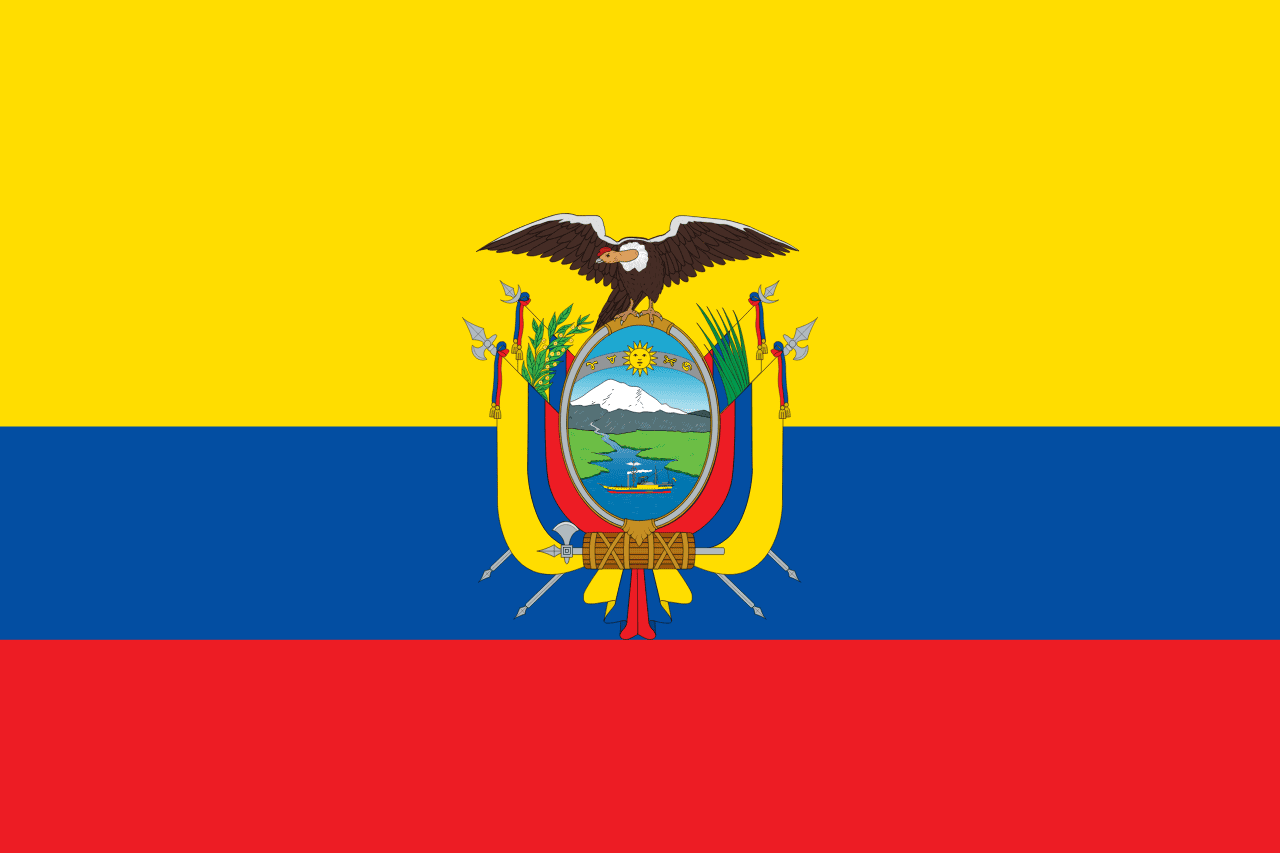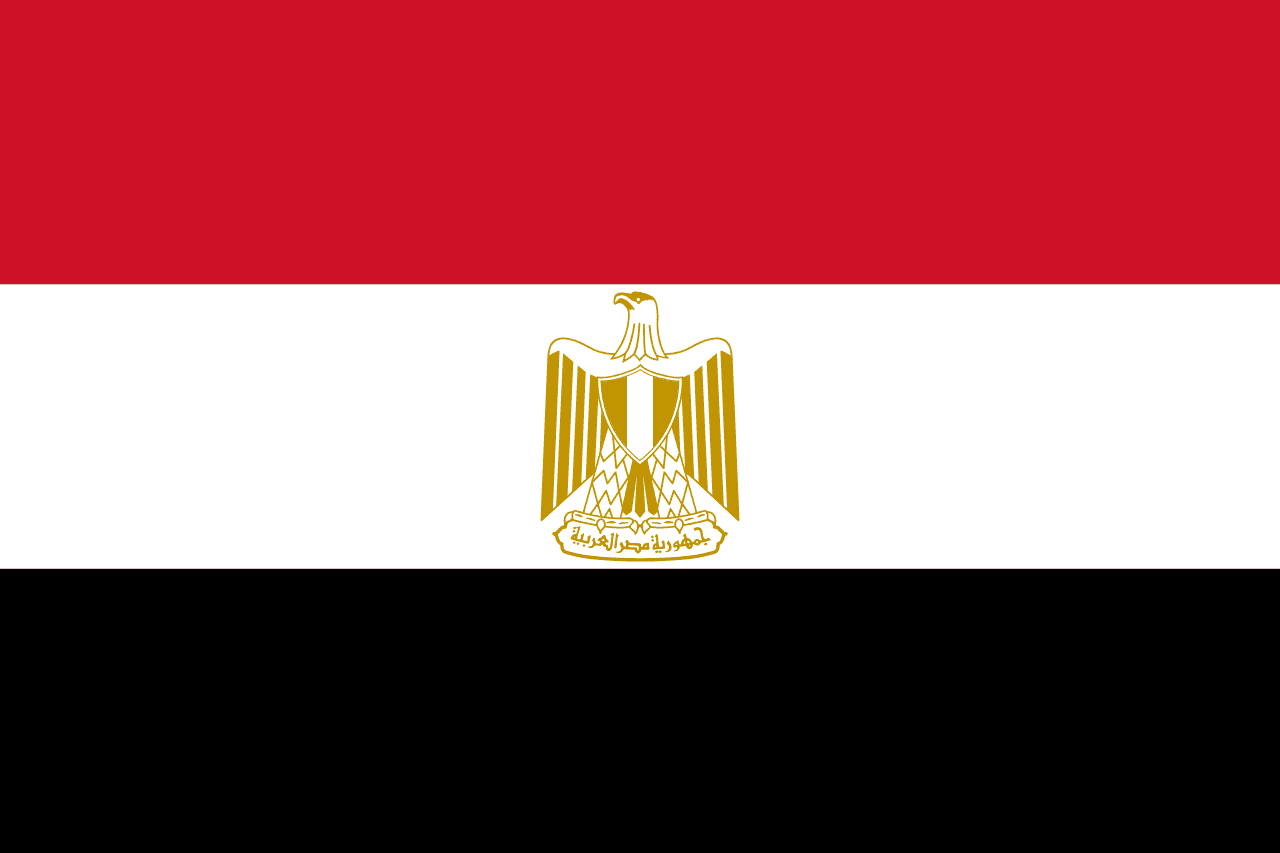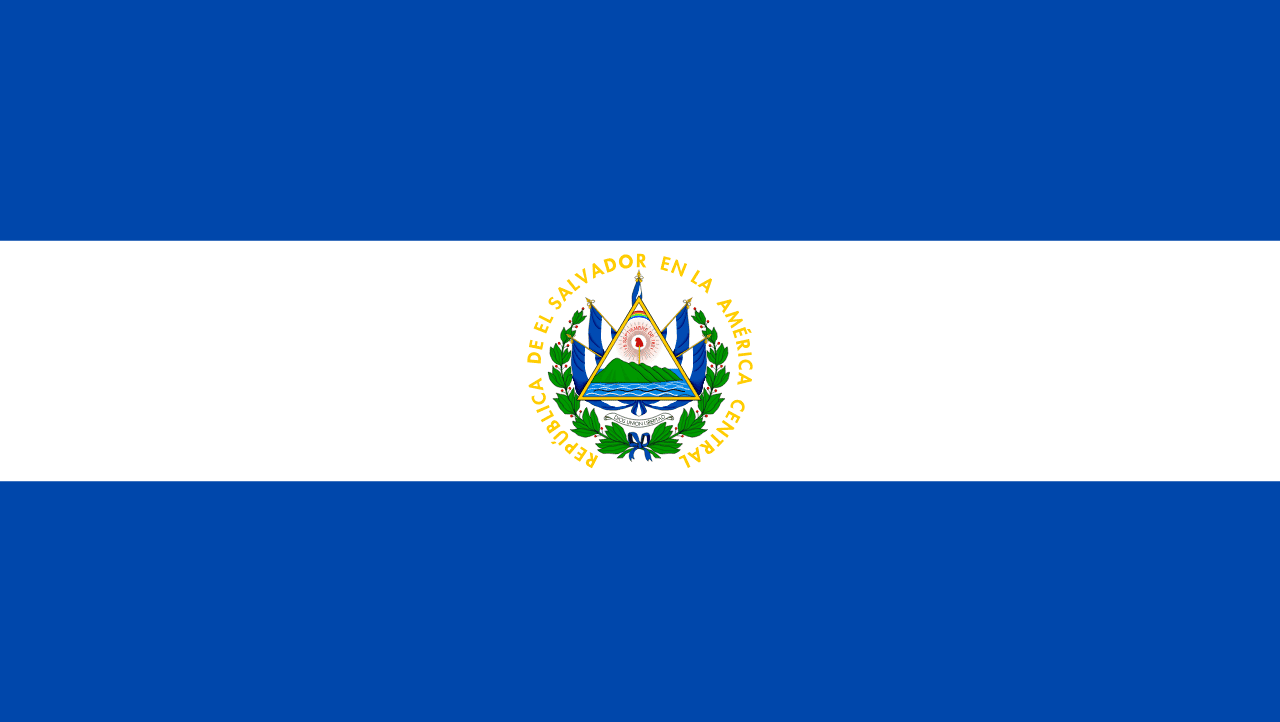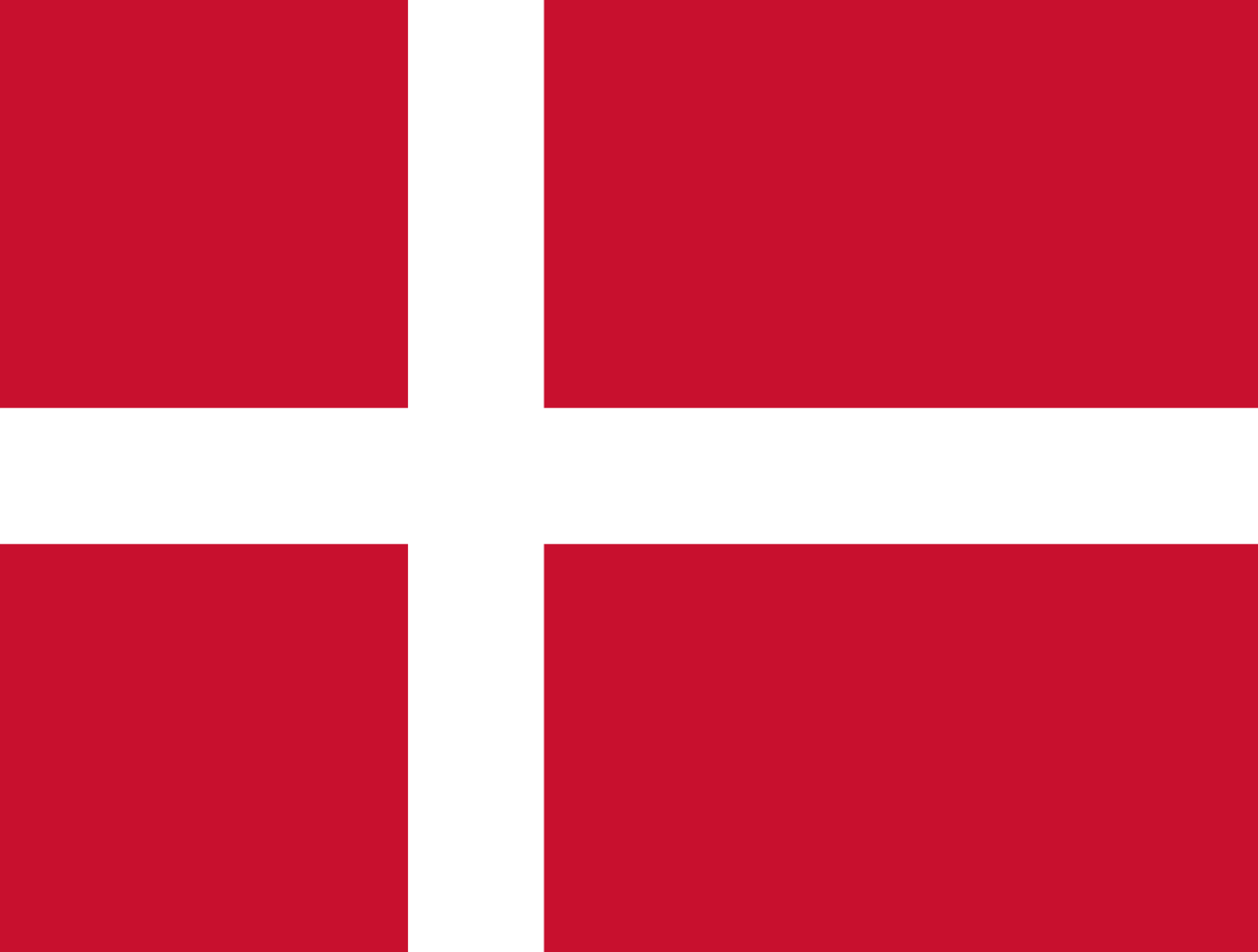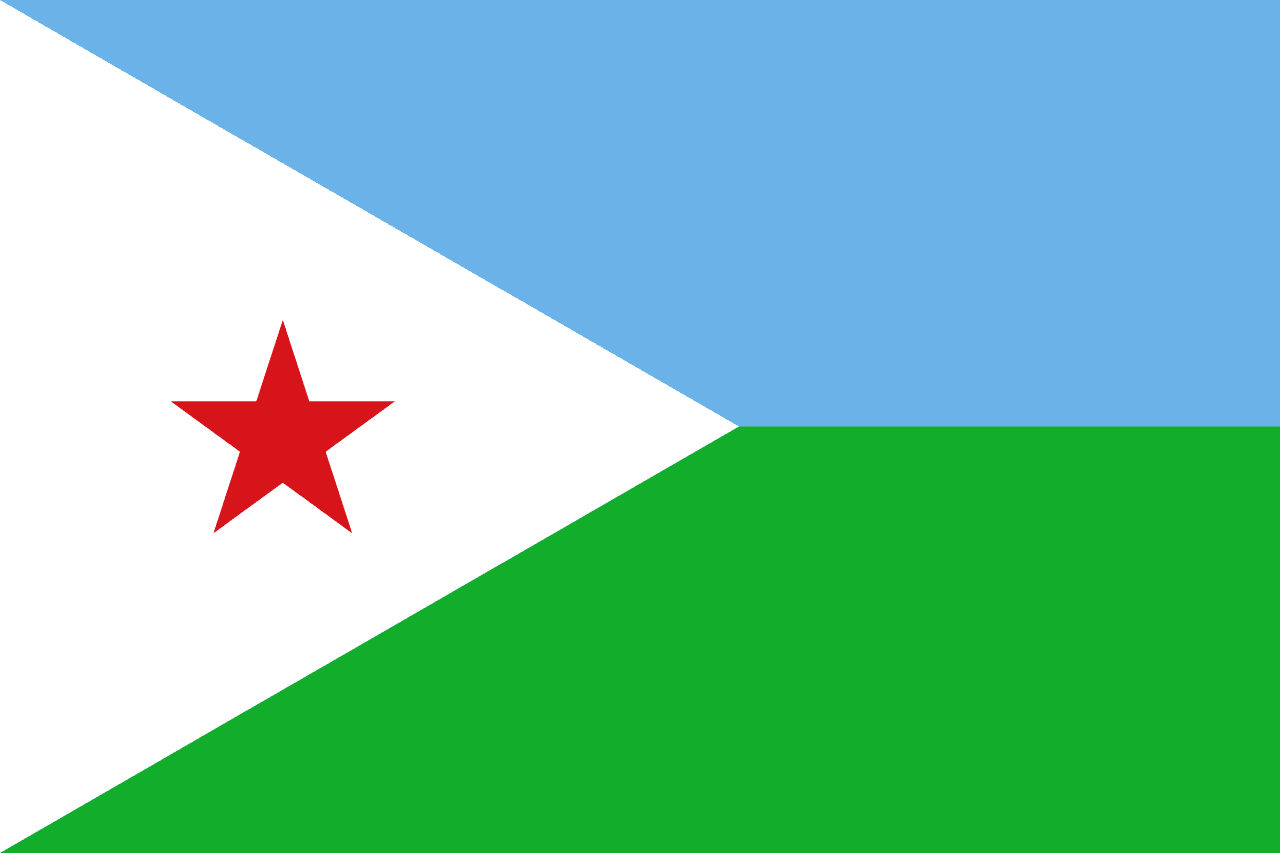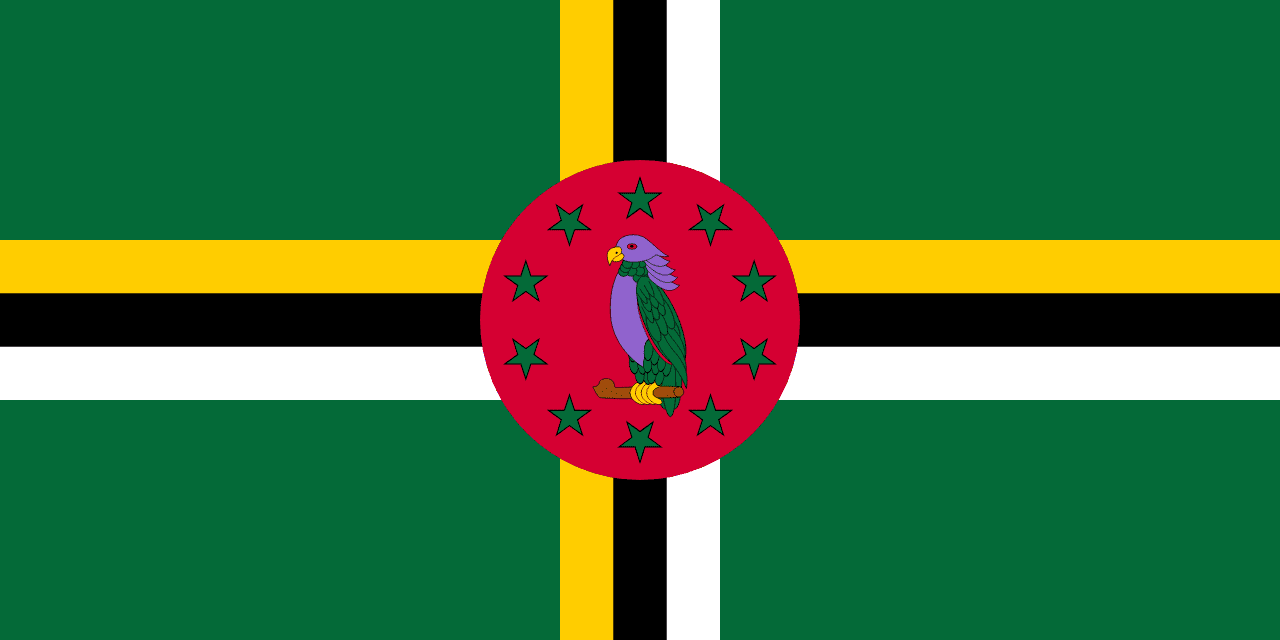The flag of the Dominican Republic features a centered white cross that extends to the edges, dividing the flag into four rectangles. The top left and bottom left rectangles are blue, while the top right and bottom right are red. In the center of the cross is the national coat of arms. This design, rich in symbolism, reflects the country's history, values, and national identity.
Dominican Republic information
| National Flag Day | — |
| Sovereign state | Yes |
| Official name | Dominican Republic |
| Capital | Santo Domingo |
| Population | 10,847,910 |
| Area | 48,671 km² |
| Currency | Dominican peso (DOP) |
| Language | Spanish |
| Continent | America |
| Region | Caribbean |
| Subregion | Greater Antilles |
| Borders | Haiti |
| Timezone | Atlantic Standard Time (AST) UTC-4 |
| Calling code | +1 809, +1 829, +1 849 |
| Top-level domain | .do |
History of the Dominican Republic flag
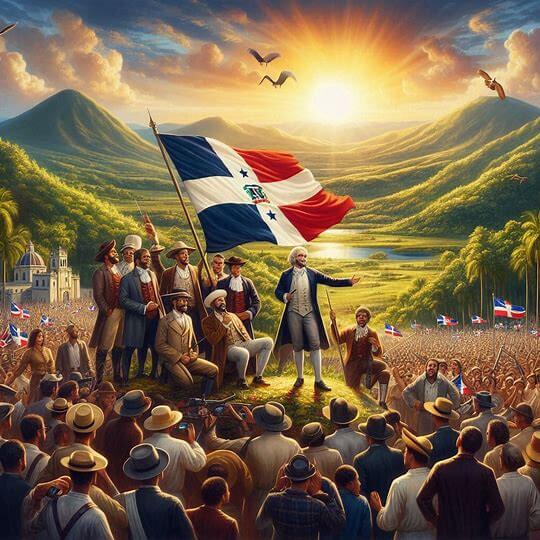 The current flag design was officially adopted on November 6, 1844, shortly after the Dominican Republic declared its independence from Haiti on February 27, 1844. The flag's creation is attributed to Juan Pablo Duarte, one of the founding fathers of the Dominican Republic. Its design has remained largely unchanged since its adoption, symbolizing the continuity of Dominican independence and national values.
The current flag design was officially adopted on November 6, 1844, shortly after the Dominican Republic declared its independence from Haiti on February 27, 1844. The flag's creation is attributed to Juan Pablo Duarte, one of the founding fathers of the Dominican Republic. Its design has remained largely unchanged since its adoption, symbolizing the continuity of Dominican independence and national values.
Key historical moments in the flag's history include:
- 1838: The secret society La Trinitaria, led by Duarte, used a similar flag design as their emblem.
- 1844: The flag was first raised after the country gained independence from Haiti.
- 1849-1853: During a brief period of Haitian rule, the flag was replaced but was reinstated upon regaining independence.
- 1916-1924: During the U.S. occupation, the flag continued to be used, symbolizing Dominican sovereignty.
Symbolism and design of the Dominican Republic flag
Each element of the Dominican flag carries deep symbolic meaning:
- Blue rectangles: Represent liberty and the ideals of progress and democracy.
- Red rectangles: Symbolize the blood shed by the nation's heroes in the struggle for independence.
- White cross: Signifies salvation and the fight for independence from Haiti, which was perceived as a struggle to preserve Christian values.
- Coat of arms: Features a Bible, a cross, and a set of spears, symbolizing truth, peace through God, and the defense of both. It also includes the national motto "Dios, Patria, Libertad" (God, Homeland, Liberty).
Usage and significance of the Dominican Republic flag
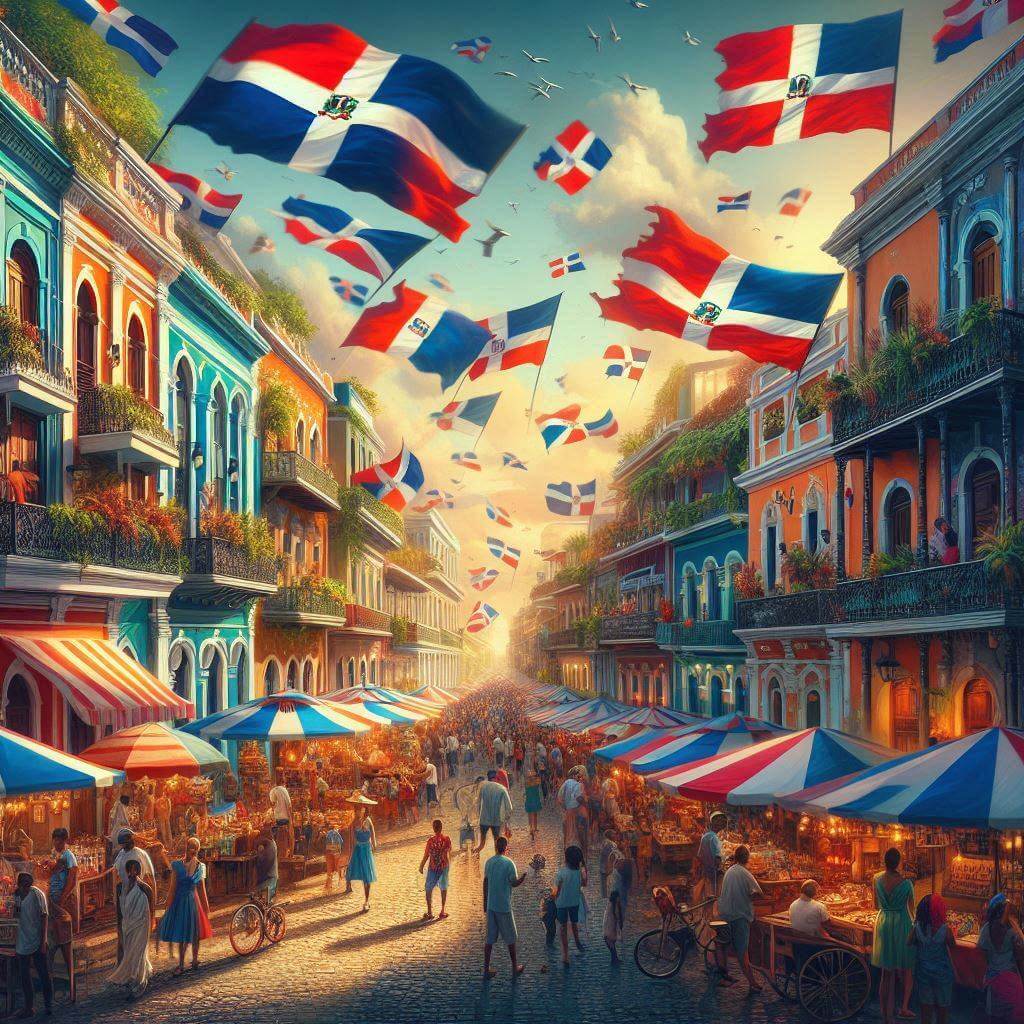 The flag of the Dominican Republic is a powerful symbol of national identity and pride. It is prominently displayed on government buildings, schools, and during national celebrations such as Independence Day on February 27 and Restoration Day on August 16. The flag plays a crucial role in state ceremonies and is often waved enthusiastically by Dominican citizens during international events and sports competitions.
The flag of the Dominican Republic is a powerful symbol of national identity and pride. It is prominently displayed on government buildings, schools, and during national celebrations such as Independence Day on February 27 and Restoration Day on August 16. The flag plays a crucial role in state ceremonies and is often waved enthusiastically by Dominican citizens during international events and sports competitions.
In everyday life, the flag serves as a reminder of the country's hard-won independence and its commitment to democracy and Christian values. It's common to see the flag displayed in homes, businesses, and incorporated into various forms of cultural expression across the country.
Interesting facts about the Dominican Republic flag
- The Dominican Republic is the only country in the world to feature a Bible prominently displayed on its national flag.
- The flag's design is similar to that of Haiti, but with the colors reversed, reflecting the complex historical relationship between the two nations sharing the island of Hispaniola.
- The coat of arms on the flag is one of the most intricate designs featured on any national flag.
- The specific shades of blue and red used in the flag are not officially defined, leading to slight variations in representations.
- The flag is often associated with merengue and bachata music, two cultural exports that have become synonymous with Dominican identity worldwide.
